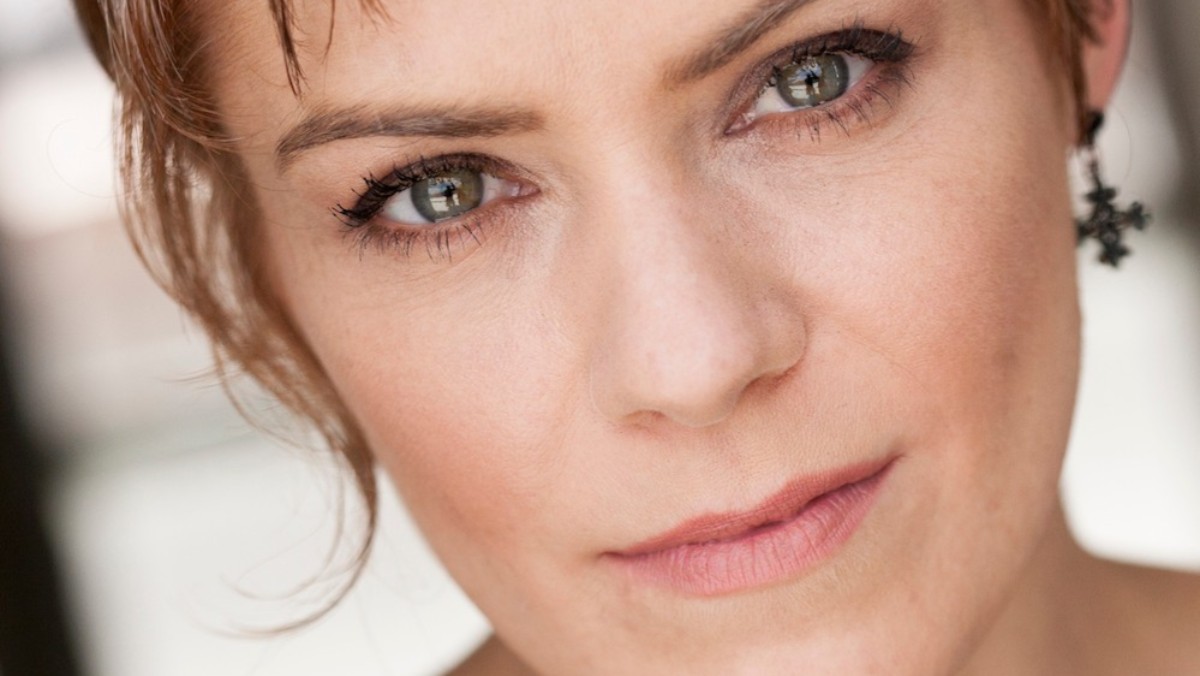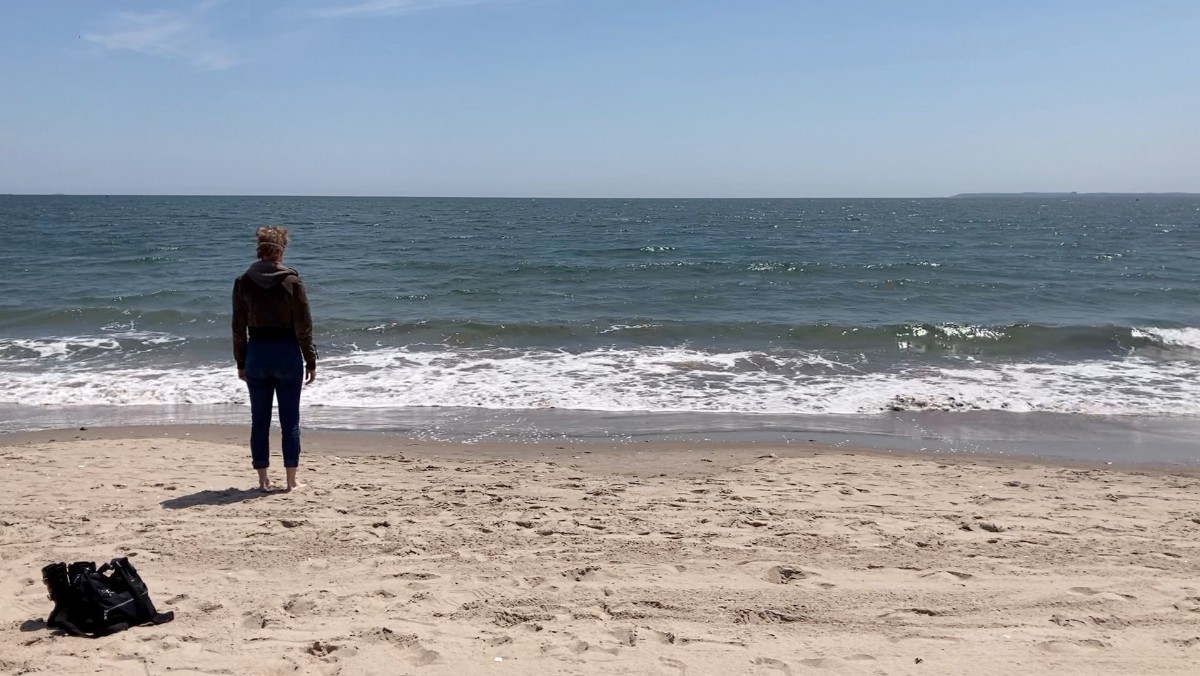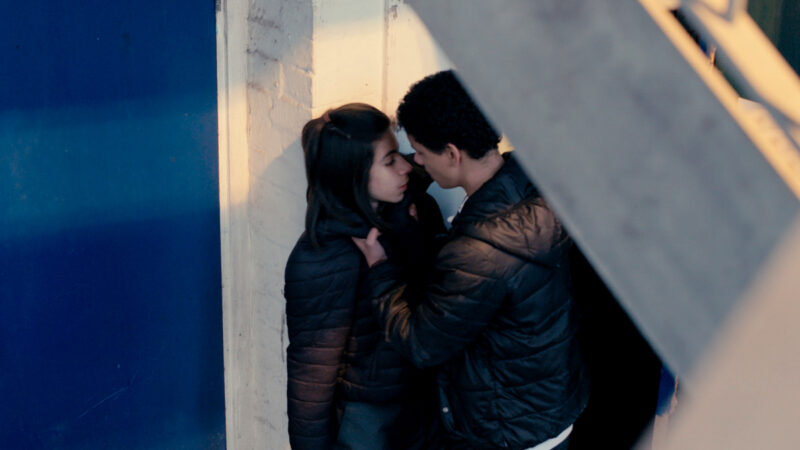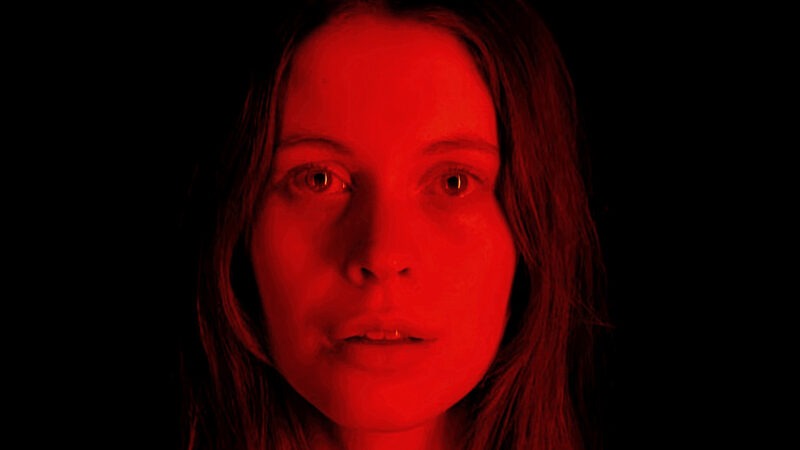
A Case Study
Narrative | Dramatic Features
Film Name: The Offering
Genre: Magical Realism, Experimental
Date: June 1, 2020
Director: Marissa Molnar
Producer: commissioned and originally produced by Synetic Theater, Arlington, VA (Paata Tsikurishvili, Founding Artistic Director; Jason Najjoum, Managing Director) as part of Synetic’s virtual production of The Decameron
Writer: Marissa Molnar
Cinematographer: Marissa Molnar
Production Company: Synetic Motion Pictures
Budget: $100
Financing: Marissa Molnar/Synetic Theater
Shooting Format: 4K UHD
Screening Format: 16:9
World Premiere: July 2020, on Synetic Streaming
Awards: July 2020, on Synetic Streaming
Website: https://syneticstreaming.uscreen.io/
indieactivity: Tell us about “who you are”?
Marissa Molnar (MM): I am a physical theater artist, and I make collaborative multidisciplinary theater and film. This means I do most of my storytelling without words, and my work often mixes mediums– for example, I use the language of film (closeups, POV changes, slow or fast motion) onstage in choreography, or I use physical work or “analog” theatrical tricks in film. I am also a musician, so music design plays a big part in my storytelling.
Introduce your film?
Marissa Molnar (MM): My film is called “The Offering”, and I’d describe it as magical realism.
Amid the isolation and utter monotony of quarantine, a woman waits for news of a loved one. She tries to write a letter, but time itself becomes distorted, stretching and contracting impossibly. She folds the unwritten letter into a paper boat and journeys hopefully into the masked world to send it out to sea.
The Official Trailer for The Offering (2020) created by Marissa Molnar
As a physical theater artist, I chose to represent time distorting by performing in real-time film effects like fast-forward, slow motion, and reverse rather than using those effects in editing; in this way, it’s not the omniscient film narrator god manipulating time, but it’s that this character is literally stuck in a time warp where she herself is performing the manipulation with her body. This was my way of representing what it felt like to be in lockdown. Sometimes I did combine this performance technique with editing. For example, we shot me actually pouring one cup of coffee over the course of 10 minutes, then sped it up so that the action completes in a few seconds; this gives this small action a weird time-lapse quality, and you can see the digital clock ticking the minutes by on the stove behind me. In another shot, I performed a stylized walk backward while we rained pieces of paper down; and then I reversed the footage so that I appear to be walking forward, but the paper is falling up.
Tell us why you chose to write, produce, direct, shoot, cut/edit the movie? Was it financial, chance, or no-budget reason?
Marissa Molnar (MM): I made this in May of 2020 in Brooklyn when NYC was the epicenter of the pandemic and the lockdown was still fresh and scary. I wore all the hats because we were quarantined!
Introduce your crew?
Marissa Molnar (MM): My main collaborator/DP was my wonderfully supportive sister, Leanna Molnar, who was in our bubble. She was behind the camera for most shots. My contact at Synetic was performer Alex Mills, who was my conceptual sounding board as I wrote and developed the piece. And of course, my partner Jason Hill graciously held the house down while I was artistically consumed.
What are your personal experiences putting on all these hats/responsibilities (simultaneously)? Tell us about story, writing, and production?
Marissa Molnar (MM): It was not easy! At the time we were living in a pretty tiny one-bedroom apartment, and both my partner and I were (fortunately) working from home, and we had some other things going on at home too that made shooting really tough. Even though my film is partially about loneliness and isolation, in reality, my experience of lockdown has been the opposite– because of family duties, I never get a moment alone. So it was tough to find the quiet headspace to be creative, much less to have a quiet space to shoot in.

What is the source of the idea? How did the story develop from the idea? And how did the story evolve into a screenplay? Why do this story? Do you have a writing process?
MM: This film was commissioned and originally produced by Synetic Theater in Arlington, VA as part of Synetic’s virtual production of THE DECAMERON, Boccaccio’s 14th-century Black Death-era text, chosen to replace other programming in the early days of the pandemic. Synetic is a physical theater company known for its mashup of athletic pantomime, martial arts, dance, acrobatics, acting, and music to create wordless adaptations of Shakespeare; I performed with the company 2006-2010, and have since reconnected to make this project and another film premiering this month. Each artist chose a story to adapt from the text; mine is based on Day V, Story II, in which a woman believes that the one she loves is dead. In her grief, she takes a small boat out to sea and throws away the sail and oars, hoping the sea will kill her too. The sea does not kill her, however; she washes up on a new shore, starts a new life, works through her grief, and is reunited with her lover in the end. In my film, these themes of despair, loneliness, stagnancy, and finally hope and the healing of time are transposed to the early days of the 2020 pandemic in NYC.
Let’s talk pre-production: take us through a timeline of how you started and ended it?
MM: I only had a month from conception to delivery for the whole process, so it was very compressed. I learned I could make a little film in that amount of time, though, even with all the distractions!
What was your rehearsal process and period?
MM: None!
You shot the film in days. How long were your days?
MM: We did it in about 3 days total– 2 long 12-hour days, a half-day at Coney Island, and another half day for pickups.
Did the tight shooting schedule make it harder or easier? How did it affect performances?
MM: It’s always difficult to switch from directing a scene and setting up a shot to acting in it. Many times we spent loads of time setting up the scene and then my performance was secondary– I had to rely on my training, experience, and body memory to just drop into my physical and acting skills on a dime.
During the film production, what scene (that made the cut) was the hardest to shoot? And why?
MM: The two that I mentioned above were tough. One was pouring a cup of coffee over the course of ten minutes; that’s hard on your arm and wrist, and it’s tricky to stay still for that long! Luckily I’ve done durational performances before. The other scene was the one with the paper raining down– we build this ridiculous contraption out of cardboard boxes and a fan to blow the paper pieces into the right spots. It… sort of worked, hahaha. The Coney Island scenes were tricky as well because the ocean doesn’t care that you are making a film, and having a tripod set up in the waves is a little scary. But we walked away with equipment intact!
Where do you think your strengths lie as a filmmaker?
MM: Coming from a theater background, I have a different perspective on storytelling and artistry than traditional filmmakers. I feel like an outsider in the film world, and ultimately that’s a good thing– it allows me to try weird things that many filmmakers wouldn’t consider. Sometimes those things don’t work, but sometimes they have interesting results, and even if those results are less polished than someone who went to film school, I think it’s valuable to have a voice that isn’t trying to fit into a commercial box.
Let’s talk about finance, how did you finance the film?
MM: Out of my pocket. I probably spent maybe 100 bucks. We kept it slim.
What do you hope audiences will get from the presentation of your film?
MM: I hope that it captures a moment in time that has been very universal– the isolation, loneliness, helplessness, stagnation of the pandemic– and throws back a hopeful reminder that sometimes when it seems you’ve lost everything, you actually may be making room for something new.
What else have you got in the works?
MM: I’m in the trenches editing my next film, also commissioned by Synetic Theater/Synetic Motion Pictures, called FAIR. I’m adapting the Grimm Brothers’ “Snow White” but from the perspective of the Evil Queen– a modern fairy tale about aging and female archetypes. The makeup alone took me 4 hours each shoot day! Look for it to be released in the next month on Synetic Streaming!
Tell us what you think of the Case Study for The Offering What do you think of it? Let’s have your comments below and/or on Facebook or Instagram! Or join me on Twitter.
Follow Marissa Molnar on Social Media
Website
IMDb
Stage32
Backstage
Pinterest
MORE STORIES FOR YOU









